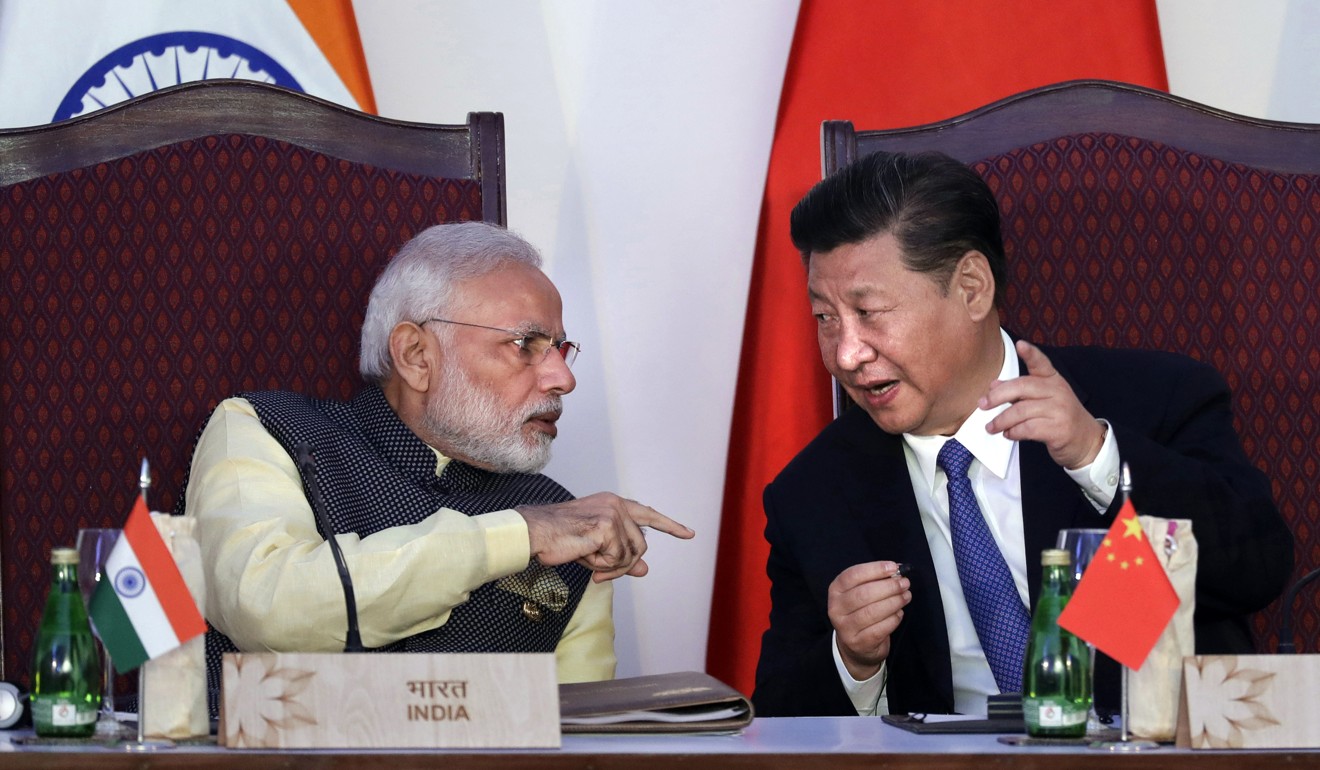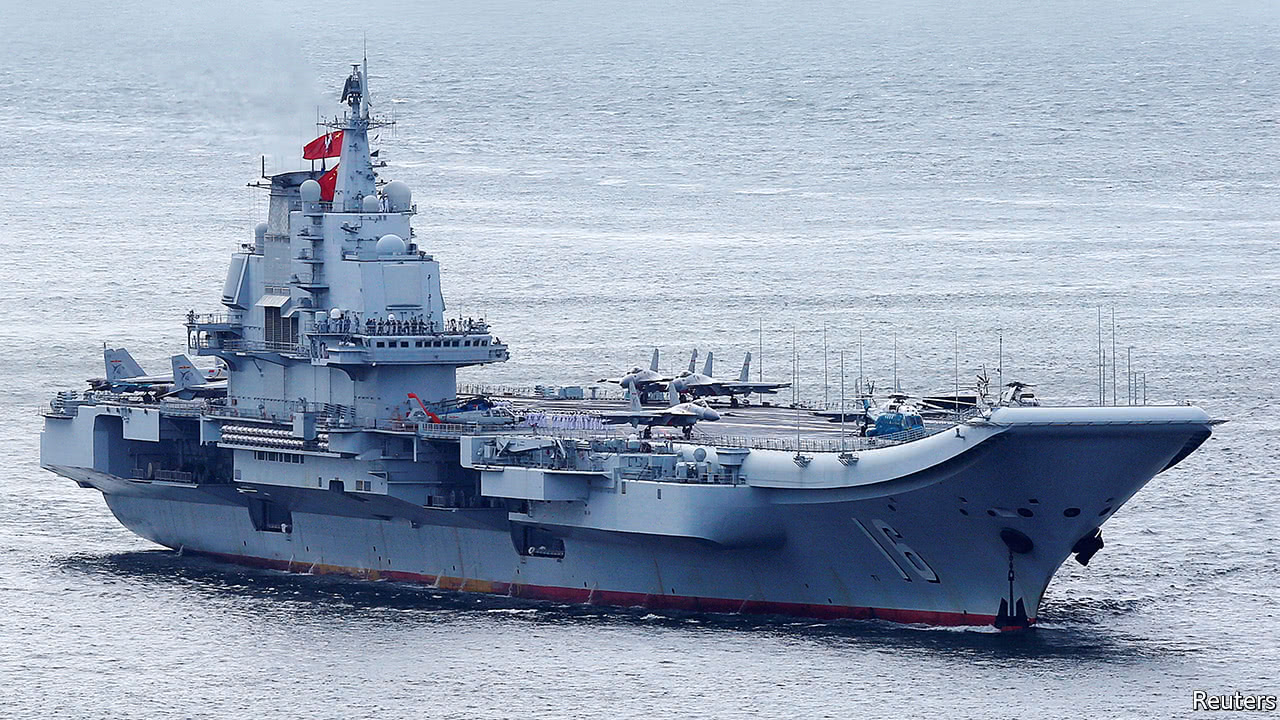Why Is China Setting Up A Military Base In Africa?
Newsweek published this story under the headline “Beijing's Secret Wish List” on April 31, 1997. In light of recent news involving China's growing military power, Newsweek is republishing the story.
IT WAS JUST ANOTHER WEST COAST FUND-RAISER, THE THIRD in a row that day for Bill Clinton. Guests nibbled on salmon and took turns saying hello to the president of the United States -- all for $ 10,000 a head. Liu Chao-ying's hand was just one among many extended, with a smile and a nod, to Clinton at the dinner in L.A. last July. The real question is, what exactly was she doing there? For, though she looked the part, Liu was not another smartly dressed Chinese-American dealmaker seeking a photo op with the president to parlay into business back in Asia. She is a Chinese "princeling," a daughter of a top Communist Party cadre, and cachet was the last thing she needed. An executive with China's state-run rocket manufacturer, Liu told NEWSWEEK that she was only interested in "a little bit of business" with Johnny Chung, the wheeler-dealer whose name has been linked to Asiagate -- the scandal involving allegations of Chinese money funneled to U.S. election campaigns (his lawyer denies Chung was a conduit for such funds). Liu couldn't legally contribute to the Democratic National Committee, so Chung donated 10 grand in his name, his lawyer says. Maybe that's all there was to it. But Liu has another life as well, which investigators are now examining. Her resume includes the rank of major in the People's Liberation Army (PLA), and U.S. intelligence sources believe she has taken an active role in acquiring technology for China's military. Her father, Gen. Liu Huaqing, 81, is the senior vice chairman of China's Central Military Commission. He is described by China experts as probably the driving force behind Beijing's long-term plan to modernize its armed forces, a stealth strategy that calls for acquiring U.S. "dual use" technology -- supercomputers, for instance, that can either track weather or help target a modern nuclear arsenal on an enemy. Perhaps most tellingly, Liu, 38, is a graduate of one of China's leading spy schools, an elite institute run by the PLA.
 The delivery of troops and equipment to China's first permanent military base on foreign soil calls for a closer look at the facility Beijing has been building there. Recent satellite imagery, obtained through our partners at AllSource Analysis, provides a clear view of the ongoing construction on the Horn of Africa and China's approach to foreign basing.
The delivery of troops and equipment to China's first permanent military base on foreign soil calls for a closer look at the facility Beijing has been building there. Recent satellite imagery, obtained through our partners at AllSource Analysis, provides a clear view of the ongoing construction on the Horn of Africa and China's approach to foreign basing.






/arc-anglerfish-arc2-prod-mco.s3.amazonaws.com/public/N3DL6JEOKFG6RF74ETF4XUSD6A.jpg)


